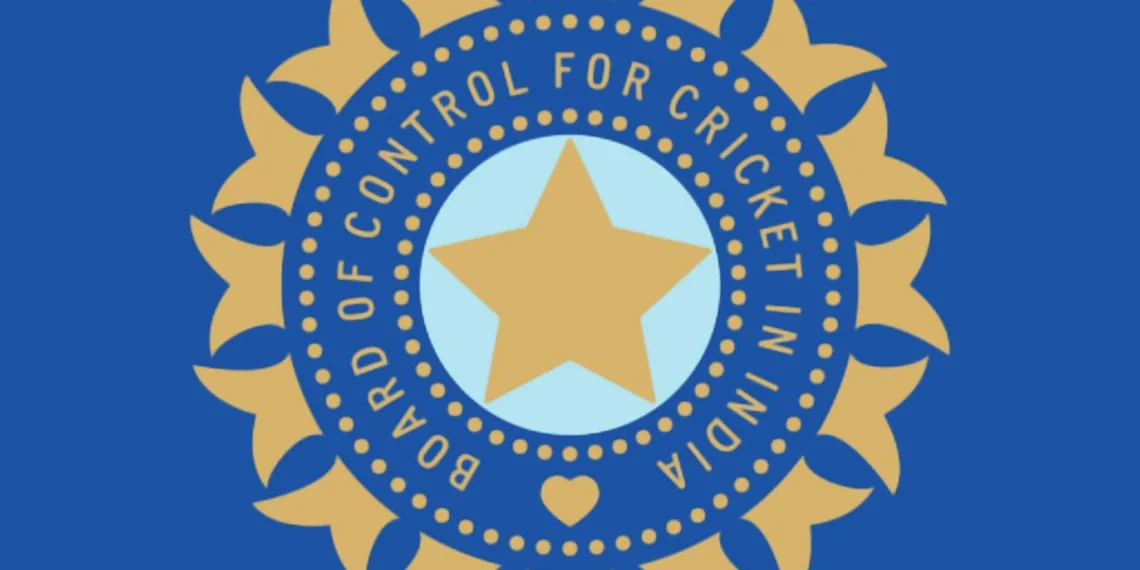A New Dawn for One-Day Cricket
The reverberations of the Men’s World Cup have barely settled, and the cricketing calendar takes a swift turn. In the wake of India’s journey ending in the World Cup final against Australia, the spotlight now shifts to the Vijay Hazare Trophy (VHT), an inter-state one-day championship.

Read More: REVEALED: Top 10 most popular goals of all time
The Curious Scheduling Dilemma
Amidst the disappointment of the World Cup exit, questions arise about the timing of the Vijay Hazare Trophy. Why launch a domestic championship in a format seemingly overshadowed for the next two years? Delving into the complexities of Indian sports administration, particularly in cricket, reveals a nuanced tapestry of scheduling decisions.
Players’ Perspectives & Unspoken Concerns: The ‘What Ifs’
Beyond fan concerns, players participating in the Vijay Hazare Trophy harbor similar questions, though often hesitant to voice them publicly. The ‘what if’ factor looms large — what if the Vijay Hazare Trophy had replaced the recent Syed Mushtaq Ali Trophy? Could standout performers have earned a World Cup call-up as possible replacements?
IPL’s Influence: The Redundancy of Vijay Hazare Trophy?
The Board of Control for Cricket in India (BCCI), in its pursuit of talent identification for the Indian Premier League (IPL), organized the Mushtaq Ali Trophy, sidelining the Vijay Hazare Trophy. This decision, driven by the imminent IPL player retention deadline, inadvertently rendered the VHT less prominent.

Players and Prestige: The Vijay Hazare Trophy Narrative
Despite the apparent sidelining, a group of domestic cricketers views the Vijay Hazare Trophy as a stage to showcase prowess and vie for national team recalls. Names like Jaydev Unadkat, Sanju Samson, Karun Nair, Riyan Parag, and Krunal Pandya aim to make a statement and impact both on and off the field.
Captains’ Chronicles: Leadership and Redemption
In this edition of the Vijay Hazare Trophy, captains like Dinesh Karthik, Ajinkya Rahane, and Kedar Jadhav carry the mantle for their respective teams. These seasoned campaigners aim to lead by example, contributing not only with their performances but also in grooming the next generation of cricketing talent.
Commencing on November 23, this domestic tournament will witness 38 teams, including star players such as Mayank Agarwal, Ajinkya Rahane, and Ishant Sharma, competing fiercely across five groups for the prestigious title. The tournament is scheduled to unfold across six dynamic venues in India, namely Mumbai, Bengaluru, Jaipur, Chandigarh, Ahmedabad, and Rajkot, with group stage matches spanning from November 23 to December 11. The knockout stage is slated to take place in Rajkot.

Defending champions, Saurashtra, are poised to commence their title defense in Kerala at the KSCA Cricket Ground, Alur, on the inaugural day of the tournament. Tamil Nadu, the most successful team in the tournament’s history with five championships, is geared up to face Goa in their opening match at the Dadoji Konddev Stadium, Thane, on November 25.
Format of the Vijay Hazare Trophy
The Vijay Hazare Trophy, officially known as IDFC First Bank Vijay Hazare Trophy for sponsorship reasons, and formerly recognized as the Ranji One-Day Trophy, stands as an annual highlight in the realm of One-Day cricket. This domestic competition brings together state teams from the Ranji Trophy plates and is meticulously organized by the Board of Control for Cricket in India (BCCI). Inaugurated in the 2002–03 season, the tournament pays homage to the legendary twentieth-century Indian cricketer Vijay Hazare.
The format of the Vijay Hazare Trophy is structured for intense competition. After each team in the group faces off once, the five victors and the top-performing runner-up secure direct entry into the quarterfinal stage. Simultaneously, the remaining four runners-up engage in preliminary quarterfinals. The triumphant two from these preliminary matches join the other six teams in the quarterfinal stage. An interesting development occurred from the 2015–16 to the 2017–18 season when the traditional zonal groups gave way to four groups, each comprising seven teams, although this requires citation.

Moving forward, the 2018 to 2019 season witnessed a shift in team categorization. Teams were now divided into three elite groups and one plate group. The top two elite groups hosted nine teams each, while the third elite group accommodated ten teams. The plate group comprised nine new teams, with the grouping determined by average points in the preceding three seasons.
| Group | Venue | Teams |
|---|---|---|
| A | Bengaluru | Saurashtra, Kerala, Mumbai, Railways, Tripura, Pondicherry, Odisha, Sikkim |
| B | Jaipur | Maharashtra, Jharkhand, Hyderabad, Chhattisgarh, Vidarbha, Services, Meghalaya, Manipur |
| C | Ahmedabad | Karnataka, Jammu & Kashmir, Chandigarh, Haryana, Delhi, Uttarakhand, Bihar, Mizoram |
| D | Chandigarh | Assam, Uttar Pradesh, Andhra, Rajasthan, Gujarat, Himachal Pradesh, Arunachal Pradesh |
| E | Mumbai | Punjab, Tamil Nadu, Madhya Pradesh, Bengal, Baroda, Goa, Nagaland |
Where to Watch: Streaming Details
The tournament will feature a total of 135 one-day matches, offering an extensive and exhilarating cricketing experience over a three-week period. For those eager to catch the live action, the Vijay Hazare Trophy 2023/24 will be available for live streaming on the Disney+ Hotstar app and website. Fans can also tune in to the Star Sports network for television coverage, ensuring that cricket enthusiasts do not miss a moment of the thrilling matches.

Beyond the Boundary : Anticipating Buzz or Scheduling Improvements
As the Vijay Hazare Trophy unfolds, the question lingers: Will it capture the attention beyond the domestic cricket loyalists? Or, will the BCCI reconsider and refine scheduling for the upcoming seasons? The stage is set, and cricket enthusiasts are poised to witness the drama unfold in this post-World Cup cricketing odyssey. Take your pick!








